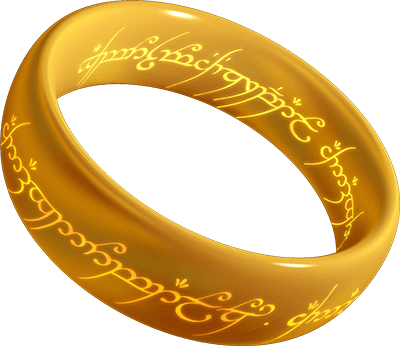I admit it. I love Pixar movies. Whether it’s Finding Nemo, Toy Story, Wall-E, or any number of other features, I can watch them over and over. They are marvels of story telling, and I learn by studying them.
One reason these films resonate so strongly is that they make effective use of the three-act structure. It’s worth plotting them to find the structural turning points, but first you have to know what to look for.
The first thing to know is that the three act structure isn’t just about plays. It’s about drama, tension, and resolution. Billy Wilder once summarized the structure by saying that in the first act, you put your characters up a tree. In the second act, you set the tree on fire. In the third act, you get them down.
In the first act, you place your characters in their baseline world. You establish their goals, obstacles, and stakes. The first act is the foundation of the protagonist’s story arc. The goals, obstacles, and stakes constrict the characters, establish conflict, and put them in that tree that Billy Wilder mentioned.
The first act ends and the second act starts with a precipitating incident, usually a disaster, that forces the protagonist to make a decision. What distinguishes the precipitating incident is that if forces the protagonist to depart from the baseline world and venture into a new reality, one that risks everything. This is the first turning point in the story.
In Finding Nemo, at the beginning we see the conflict between Nemo and his father, Marlin, establishing goals, obstacles, and stakes for both of them. The conflict arises because their goals are incompatible. This constrains them and puts them in that tree that Wilder mentioned.
Disaster happens, of course, when the scuba divers kidnap Nemo. This is the first turning point. Billy Wilder’s tree is now on fire.
Most of the action happens in the second act. Often, the protagonist gains allies in his in the quest to attain his or her goals. The stakes and obstacles go up, too. Often there is a major setback at the middle of the second act that unsettles the protagonist’s world-view and forces her to rethink the world. This re-thinking will lead to further obstacles and tension, and often involves an error by the protagonist that comes back to haunt her.
At the end of the second act, there’s another disaster that appears to be a defeat. The protagonist’s plans have failed and all is lost. This tests the mettle of the protagonist: survive and continue, or give up. As at the end of the first act, the disaster compels a decision. Of course, the decision is to continue, since otherwise there’s no story. That inevitably leads to more obstacles, increases the stakes and thus tension, setting up the climax.
In Finding Nemo, we have two, connected three act structures. One involves Nemo and the other his father, Marlin. In the second act, they both find allies and both experience setbacks. The second act ends in disaster when Nemo plays dead and Marlin thinks he really is dead. All hope is lost.
The third act is where the subplots come together and are resolved. The climax takes place, the protagonist overcomes the obstacles and achieves the goals. The character arcs resolve as well–the characters have changed in ways necessary to achieve their goals. At the end, they return to the baseline world, bringing their hard-fought wisdom with them.
In Finding Nemo, the climax occurs when Nemo saves Dory from the fishing net. Nemo shows maturity through leadership, courage, and self-sacrifice. Marlin lets Nemo be his own fish instead of being over-protective. Both have closed their character arcs. At the end, they are back together again, having brought their hard-won lessons back to the reef.
This basic outline is everywhere. It’s the story arc of the very first Star Wars movie, now Episode IV—A New Hope. It’s also the character arc of Darth Vader, revealed in episodes one through six. Perceptive readers will recognize the fundamental elements of the hero’s journey, brilliantly described in Joseph Campbell’s The Hero with a Thousand Faces. A proper hero’s journey has many more features, but in broad outline it follows a three act structure.
Pick a movie, say, Hitchcock’s North by Northwest, or The Wizard of Oz. When you start looking for it, the three act structure is obvious.
Whether you outline or not, your story should have a plan—a beginning, a middle, and an end. Using the three act structure will resonate with readers. It adds drama. tension and resolution. Moreover, it’s familiar. It’s been around forever—you can find it in Euripedes, in Dante, and in Hemingway. It’s a tool that lends coherence and structure to your story.
Like the Ring of Power in The Hobbit, the three act structure is a plot of power with which you can rule the world of fiction. It’s not really “one plot to rule all.” There are, after all, other structures out there. But it’s pretty close.
Try it yourself. Pick a novel or movie that’s stood the test of time and look for the three act structure. Chances are, you’ll find it.


are you the real max griffin
I am the “Max Griffin” who has published the books listed on Amazon. See https://www.amazon.com/Max-Griffin/e/B002QCTGM8/ref=ntt_dp_epwbk_0
I guess that makes me *a* real “Max Griffin.”
dude, your articles are plain genius. they’re really helpful and straightforward, yet casual and informative. thanks.